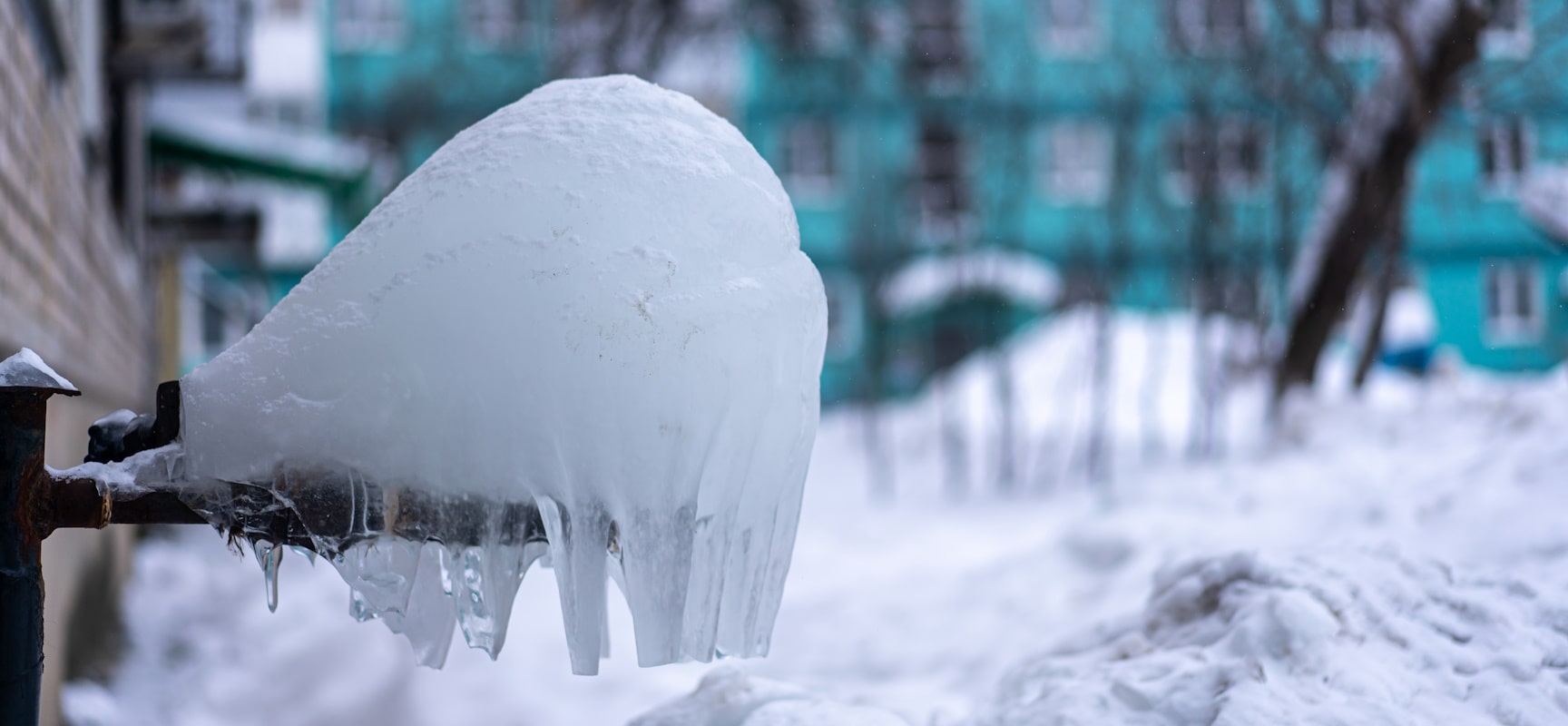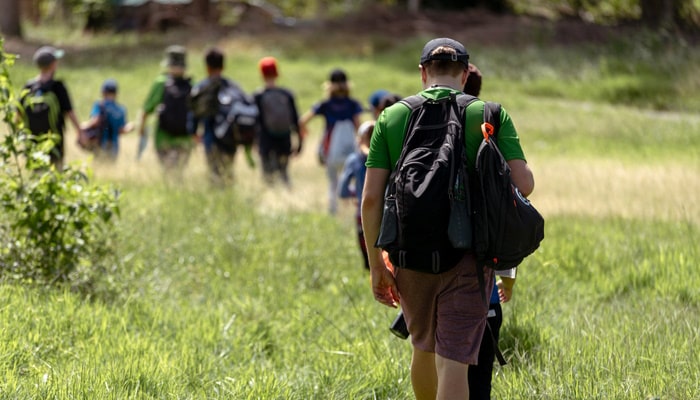
Reducing the Risk of Frozen Pipes and Water Damage to Your Schools
As temperatures continue to drop and you take the necessary steps to winterize your buildings, the AssuredPartners Education team would like to share some tips on protecting one of the most at-risk areas of your property: your plumbing and sprinkler systems and their pipes. If exposed to below-freezing temperatures, water running through your buildings’ pipes may freeze. When this water turns to ice, it expands and creates a pressure inside the pipe that often leads to cracks or bursts.
There are many steps you can take to protect your plumbing from the cold, including:
- Ensuring doors and windows are tightly closed
- Maintaining an indoor temperature of at least 60 degrees, even in buildings that are empty
- Keeping buildings heated at the same temperature day and night
- Adding insulation to attics and crawl spaces
- Letting cold water drip from faucets supplied by exposed piping
- Allowing air to circulate by opening cabinet doors under bathroom or kitchen sinks
- Closing garage or loading dock doors
- Shutting off the main water where possible
- Asking employees and residents to keep their eyes and ears open for running or standing water
How prepared is your school property for a water damage emergency this winter?
If a frozen pipe goes unnoticed and ends up bursting, the water that is released into your school building is likely to cause significant damage to contents, personal property, sensitive electronics, critical equipment, and more. To help you get out in front of a potential water catastrophe, whether it’s due to burst pipes or some other unexpected event, AssuredPartners would like to assist you in attacking this risk using the following three-step risk management process.
- Identify where this type of event is most likely to happen. In other words, where and how is water most likely to permeate your buildings? More specific to frozen pipes, you will want to understand where plumbing might be most susceptible to freezing, and where a frozen or burst pipe is most likely to go under the radar, including:
- Outdoor faucets and hose bibs
- Irrigation systems
- Pipes in unheated areas, like a basement, attic, or crawl space, and in buildings with low to no activity
- Assess how you are managing this risk currently and if the appropriate response plans are in place that will help you and your staff navigate a water emergency. For example, you may want to include the following steps in an emergency response plan:
- Locate and isolate the burst or leaking pipe.
- Shut off the main water valve to the building.
- Relocate any affected employees, staff, students, etc.
- Protect furnishings and equipment.
- Move elevators to a floor above the leak.
- Identify and shut off electrical equipment threatened by water.
- Remediate the effects of the water damage within 72 hours to help prevent mold buildup.
- Address any issues uncovered in the first two steps, and implement proactive measures that may help you avoid the situation altogether—or at least significantly reduce the impact of it. Here are some of the risk management procedures to consider for a burst pipe or other water-release event:
- Install leak detection and/or automatic shutdown devices in high-risk areas.
- Immediately turn off the water in the event of a burst pipe.
- Schedule formal inspections of piping systems, hot water heaters, and plumbing hoses on a regular basis.
- Maintain an updated list of experienced contractors who are ready to respond immediately to assist you in an emergency.
- Strategically station water damage containment tools, like high-volume wet vacuums, wide rubber squeegees, heavy-duty absorbent brooms, high-powered water restoration fans, and other similar equipment in mobile carts by plumbing.
Of course, even if you take extraordinary measures to prevent your buildings’ pipes from freezing and to minimize the likelihood of a leak damaging your facilities, water may still find its way onto your properties at some point. If this happens, as a client of AssuredPartners, you can count on us to do everything in our power to help get the remediation process started as quickly as possible. Our dedicated in-house claims advocates will be there to support you if you need to file a claim. Together, they can aid you in managing the process with your insurance carrier, including providing assistance with the initial report, updating you on where your claim stands, and answering any questions you may have.
But when’s the best time to reach out to AssuredPartners for help? It’s actually before an incident occurs. We will work hand in hand with you to identify, assess, and address the operational and financial risks your schools face and assist you in taking a proactive and strategic approach to managing them. Please contact us today to schedule a meeting with one of our experienced and knowledgeable team members.

Related articles

If you advocate for including experiential education in your school’s curriculum, we want you to know that AssuredPartners Education shares your belief in the importance of these learning...

Many educational institutions outsource some or all of their transportation services to private companies or have considered doing so. There are several reasons why outsourcing this service might...